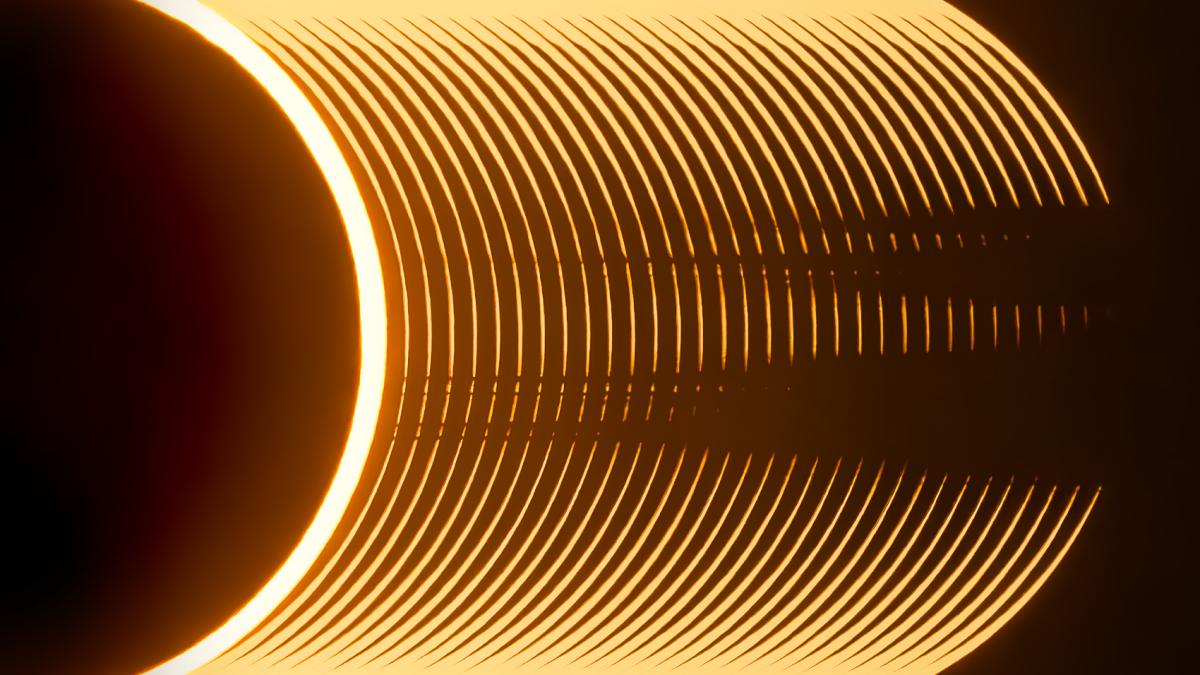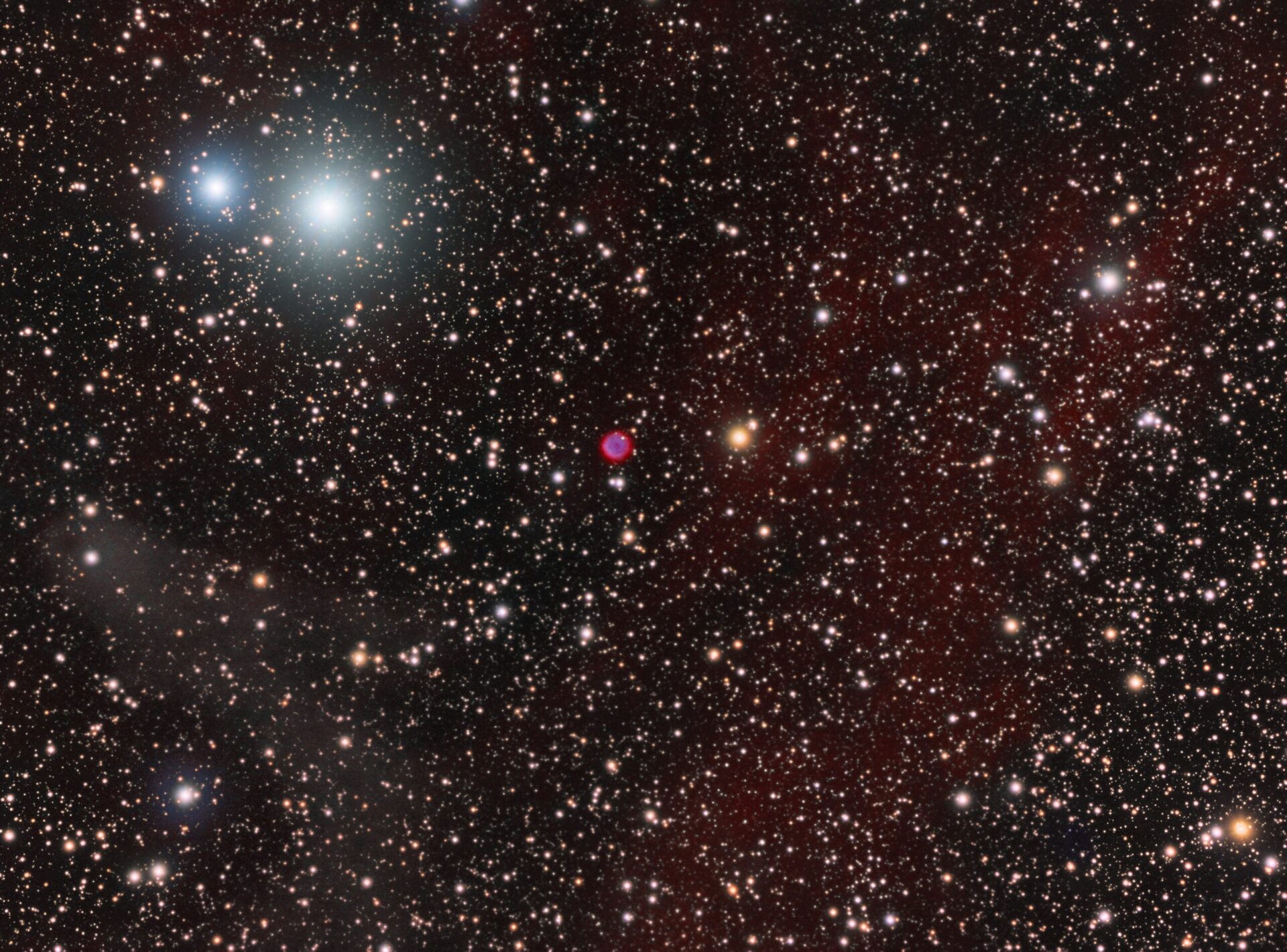[ad_1]
The Royal Observatory Greenwich has announced the winners of the 16th annual Astronomy Photographer of the Year contest. The overall winner is Ryan Imperio for his annular eclipse composite, showing the progression of Baily’s beads during the 2023 annular eclipse.

Baily’s beads form as the Moon either enters or exits an eclipse. When there’s just a sliver of sunlight, lunar mountains and crater walls along the edge of the Moon’s disk, or its limb, block the light’s passage, but beads of sunlight still shine through where the surface dips down in valleys and inside craters. This sequence captures the development of Baily’s beads during an annular or “ring of fire” eclipse.
The image will be shown alongside winners of other categories in a free, accompanying exhibition that opened at the National Maritime Museum in London on September 13th.
The Young Astronomy Photographer of the Year award was won by Daniel Borsari for his image NGC 1499, A Dusty California. Neal White, judge and artist, commented that “. . . it demonstrated the future of astronomy photography being fearlessly, and openly, taken forward by a new generation”.

The winner of the Moon category was “Shadow Peaks of Sinus Iridium” by Gábor Balázs, which shows a northern region of the waning Moon. “This image not only highlights the capabilities of modern astrophotography equipment but also offers a vivid illustration of lunar surface features, contributing valuable insights into lunar geology” says competition judge Yuri Beletsky.

Another of the judges’ favorites was the winner of the Stars and Nebulae category: SNR G107.5-5.2, Unexpected Discovery (The Nereides Nebula in Cassiopeia), a collaborative submission by Marcel Drechsler, Bray Falls, Yann Sainty, Nicolas Martino, and Richard Galli. Their exceedingly deep image captures a previously unknown gigantic supernova remnant (SNR) in the center of the constellation Cassiopeia.

“Once again, I’ve had the great privilege of being on the judging panel for Astronomy Photographer of the Year — an abundance of astonishing works flood to us, and it is a joy to see what the world’s best astrophotographers are producing,” says Ed Bloomer, astronomer at Royal Observatory Greenwich. “This year, I’ve personally enjoyed what I think is a very strong showing for the Aurorae category. The Young entrants are mightily impressive as well, and the Annie Maunder Prize for Image Innovation is surprising, beautiful, and intriguing. But there are wonders spread across every category. Try and see as much as you can at the exhibition, you’ll be swept away by what has been created.”
Victoria Lane, Senior Curator, Art and Identity at Royal Museums Greenwich says, “It was a privilege to judge the Astronomy Photographer of the Year competition. The range and skill of images, some seemingly impossible to photograph, is astounding.”
The winning photos as well as runners-up will be on display through August 2025. The Astronomy Photographer of the Year contest is sponsored by Liberty Special Markets in association with the BBC Sky at Night Magazine.
See all of the Astronomy Photographer of the Year 2024 winning images.
[ad_2]
Source link





No comments! Be the first commenter?